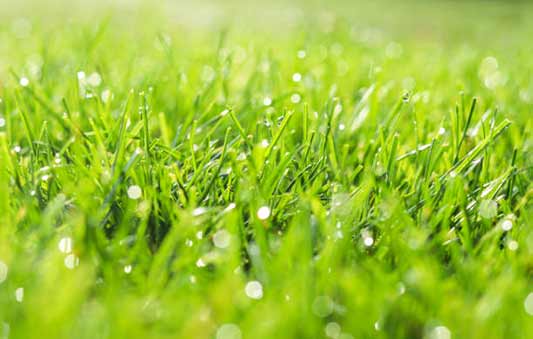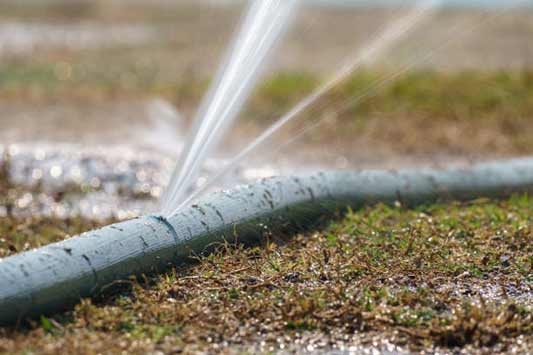
Having a damp yard can be frustrating and inconvenient for many homeowners. Besides being unsightly, a damp yard can also lead to various issues such as mold growth, damage to foundations, and increased insect activity. Understanding the reasons behind your damp yard is crucial to resolving the problem and restoring the health and beauty of your outdoor space. In this article, we will explore some of the hidden culprits that may be causing your yard to stay damp and provide potential solutions to tackle this issue effectively.
Poor Drainage System
One common cause of a damp yard is a poor drainage system. When heavy rainfall occurs, water may accumulate and puddle in your yard instead of being directed away. This can be exacerbated if the yard is not properly sloped or if the soil lacks proper absorption qualities. To address this issue, it is essential to assess and improve your yard’s drainage system. Consider installing a French drainage tile system or regrading the yard to ensure proper water flow.
Gutter Problems
Faulty or clogged gutters can contribute to a damp yard. If your gutters are not functioning correctly, rainwater can overflow and spill directly onto the yard, resulting in excess moisture. Regularly clean and inspect your gutters to ensure unobstructed water flow. Additionally, consider installing gutter extensions or splash blocks to redirect rainwater away from the yard and toward a suitable drain or grassy area.

Leaking Irrigation System
An irrigation system that is leaking can also be a hidden culprit behind a damp yard. Check for any visible leaks or signs of water accumulation around sprinkler heads or underground pipes. It’s important to promptly repair any leaks and adjust sprinkler heads to avoid excessive water buildup in specific areas.
Underground Plumbing Issues
Undetected underground plumbing issues can lead to a consistently damp yard. Broken or leaking water lines beneath the surface can saturate the surrounding soil, creating a perpetually damp environment. If you suspect an underground plumbing problem, it is advisable to seek professional help to diagnose and repair the water line issue promptly.
Soil Composition and Compaction
The type and composition of your soil can significantly impact its drainage capabilities. Clay soil, for example, tends to become compacted easily, leading to poor drainage. Sandy soil, on the other hand, drains quickly but may not retain enough moisture for plant growth. Understanding your soil type and amending it accordingly can help improve drainage. Consider incorporating organic matter, such as compost or peat moss, to improve soil structure and water absorption.

Excessive Shade and Lack of Sunlight
A damp yard can result from excessive shade and a lack of sunlight. Sunlight plays a crucial role in evaporating excess moisture from the ground. If your yard is heavily shaded by trees or nearby structures, the lack of sunlight can impede the evaporation process, leading to a perpetually damp environment. Pruning trees or removing obstacles that block sunlight can help improve the situation.
Conclusion
A damp yard can cause numerous problems and compromise the overall health of your outdoor space. Identifying the hidden culprits behind your damp yard is the first step towards finding effective solutions. By addressing drainage issues, maintaining gutters and irrigation systems, and understanding soil composition, you can restore your yard’s health and ensure it remains dry and vibrant. Remember to seek assistance from a nearby plumber when necessary to tackle any hidden plumbing issues or perform extensive yard modifications. With the right knowledge and actions, you can reclaim your yard from the clutches of dampness and transform it into an inviting, dry, and beautiful space for your enjoyment.
